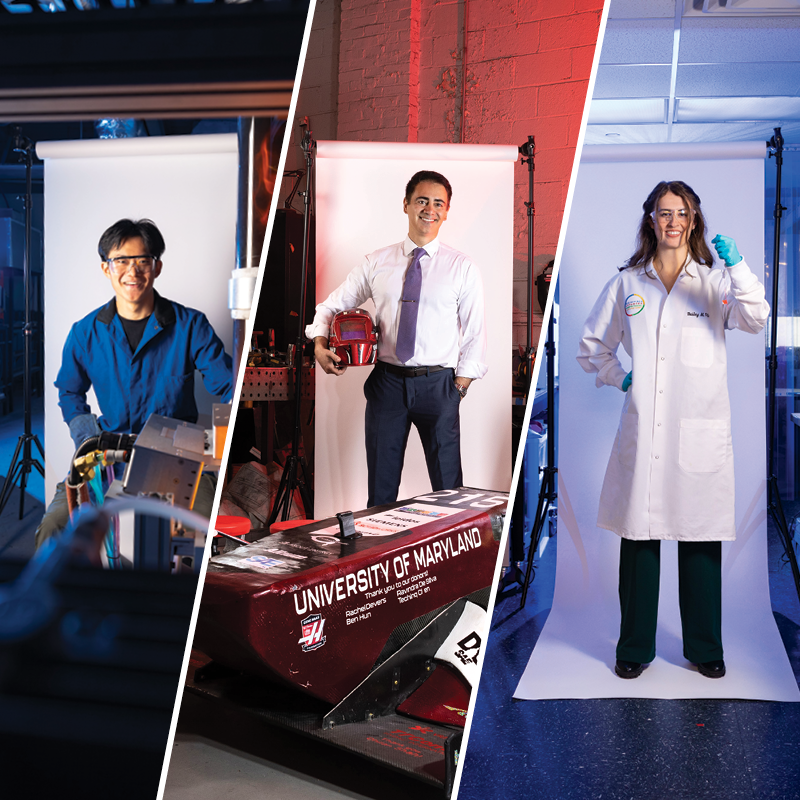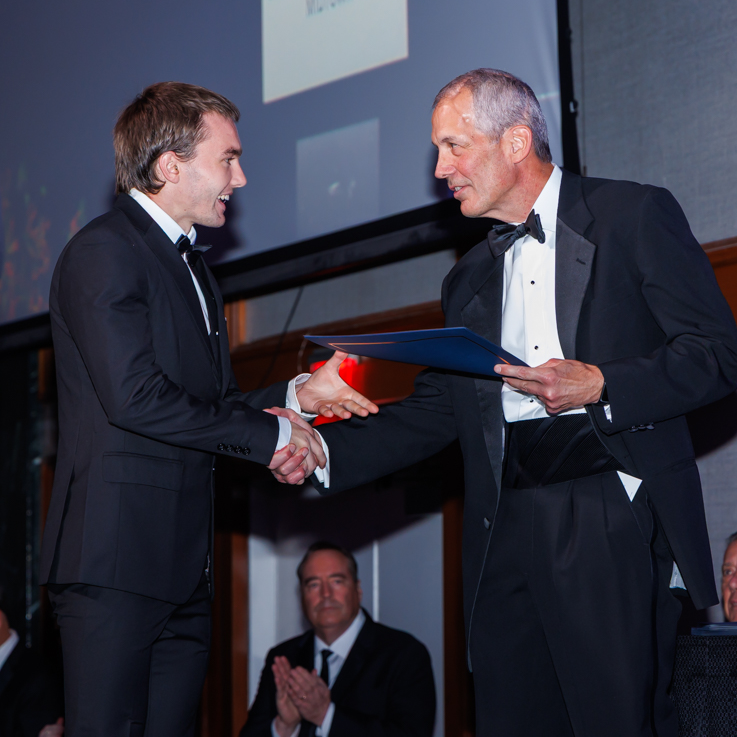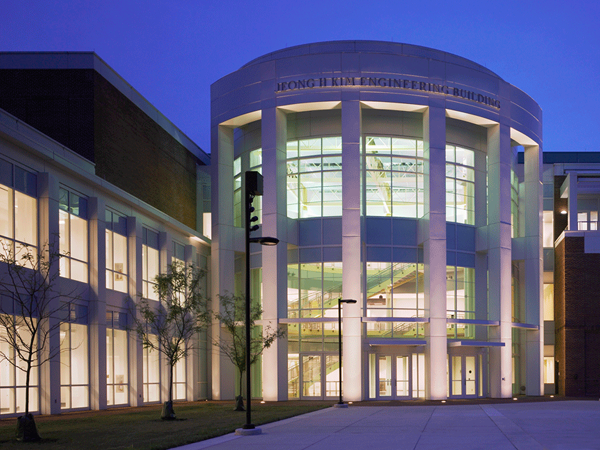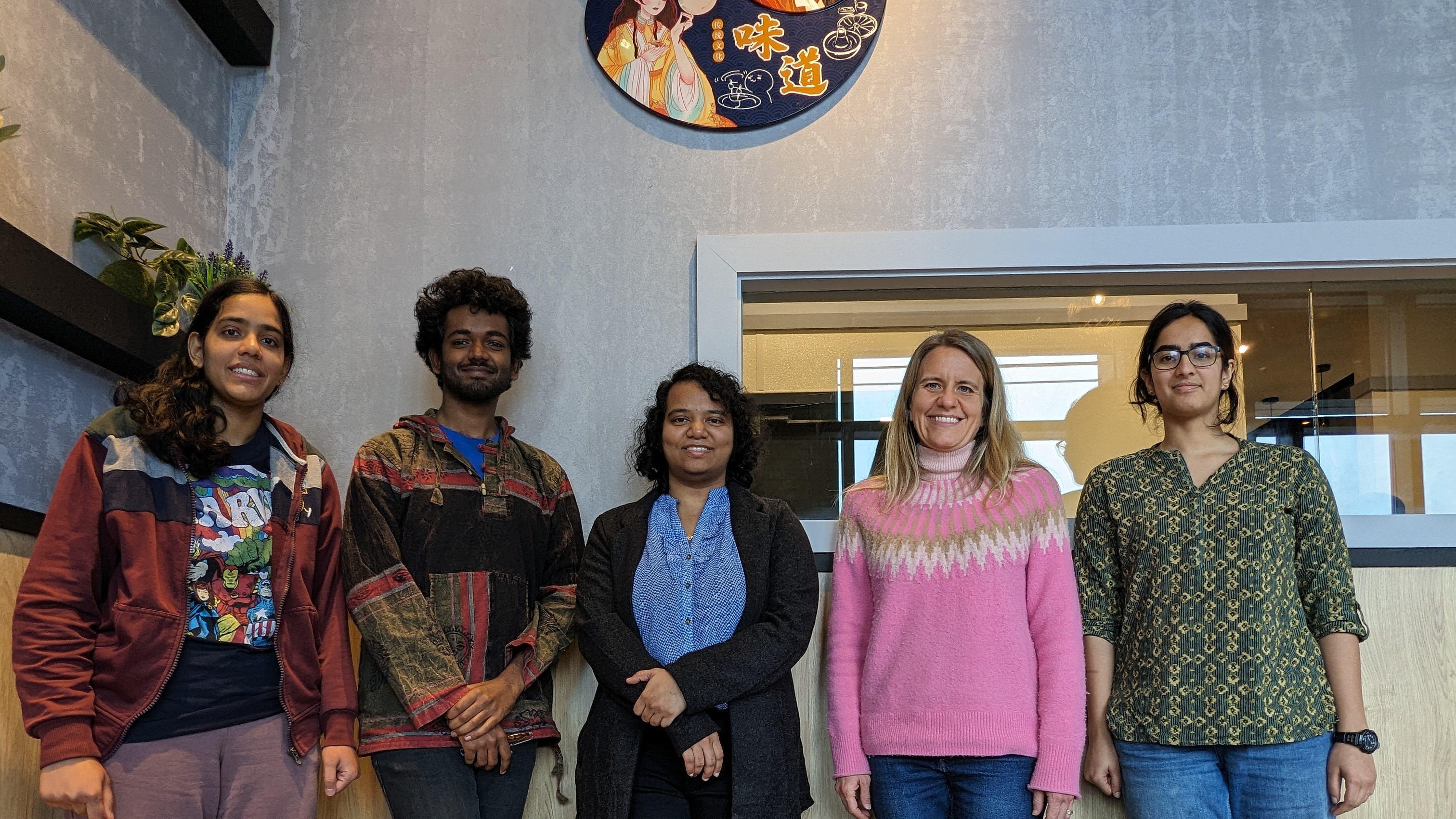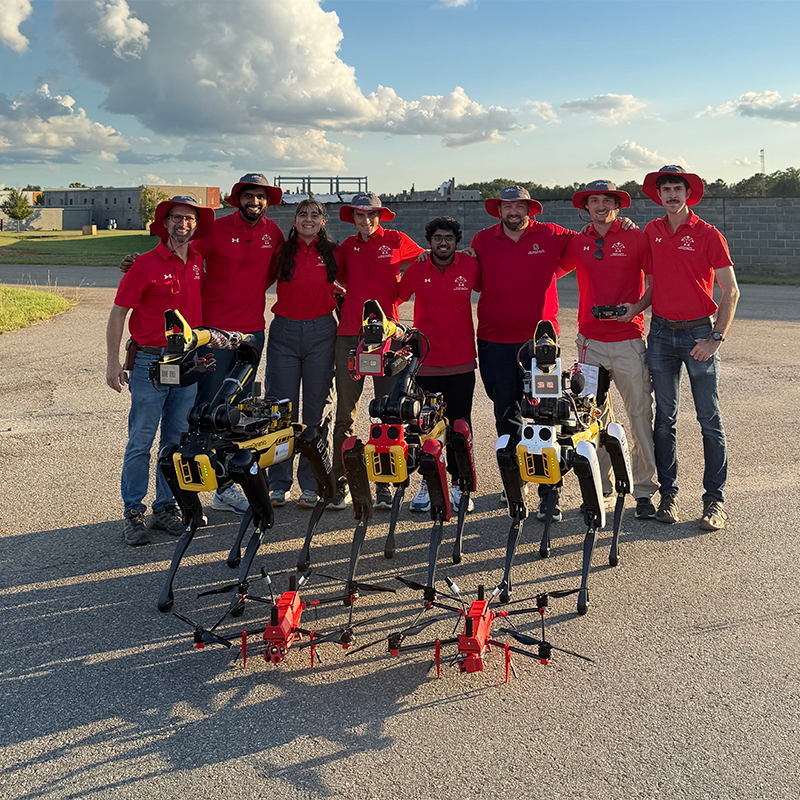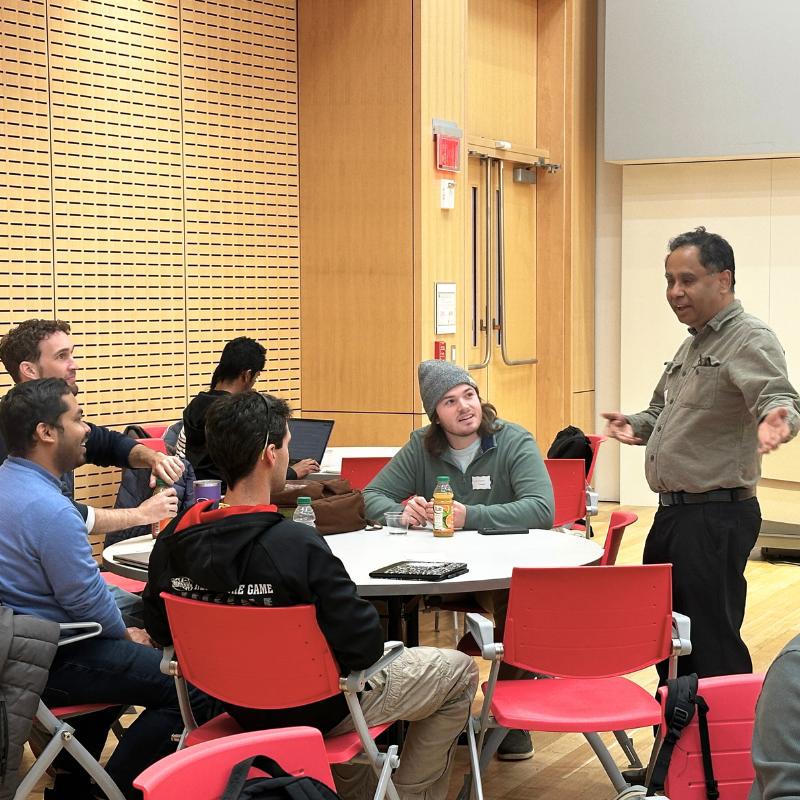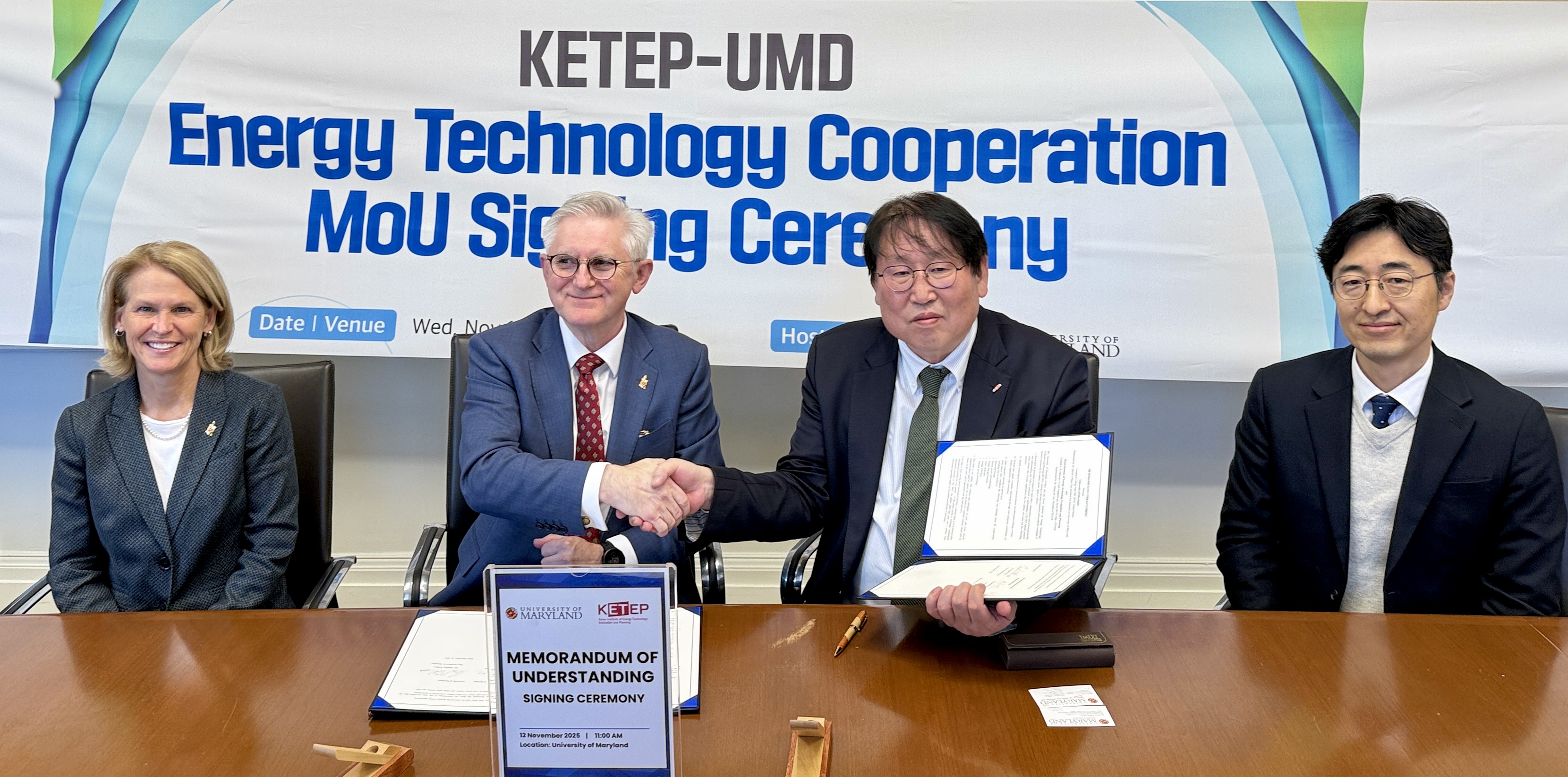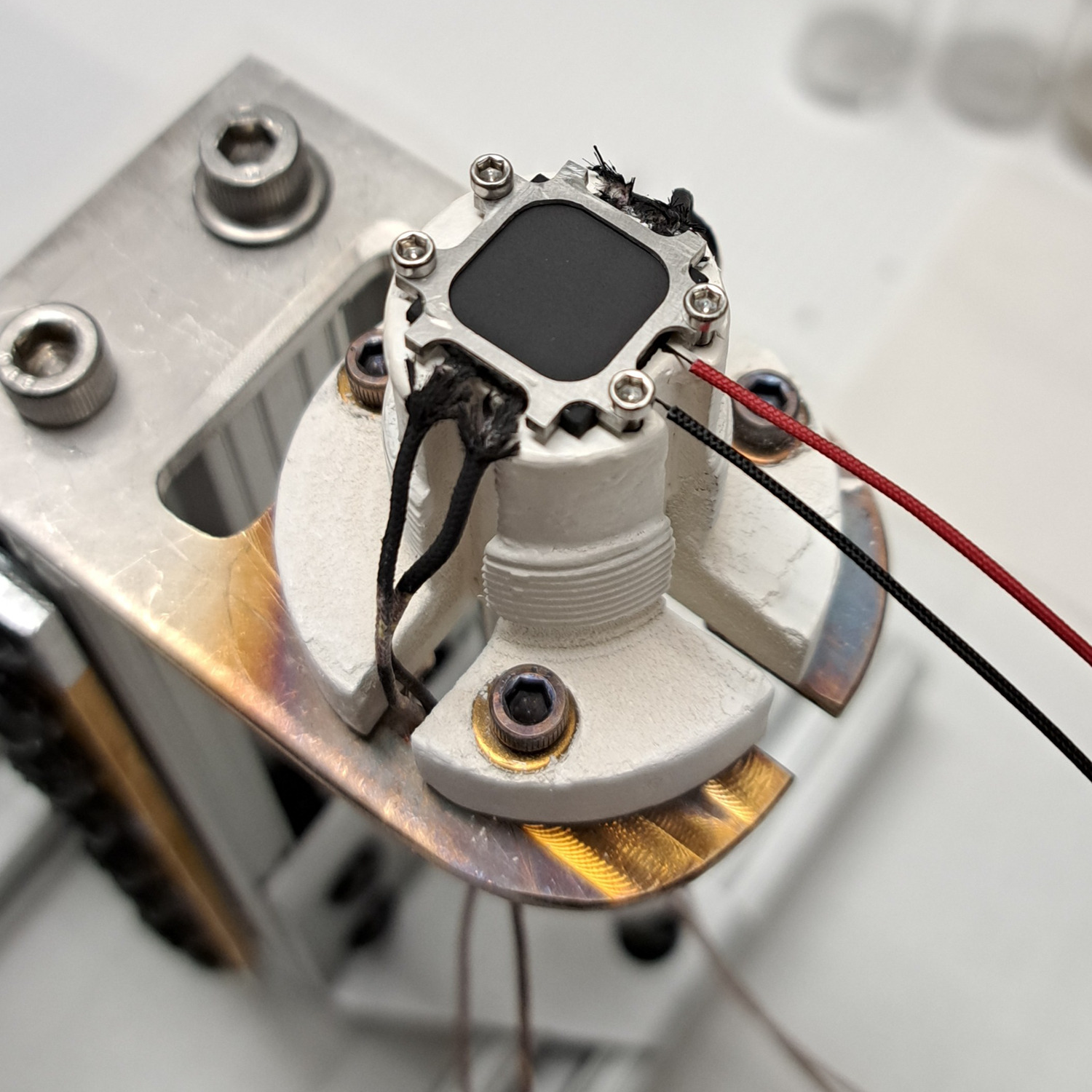Sauret Lands NSF Grant for Sediment Research
September 29, 2025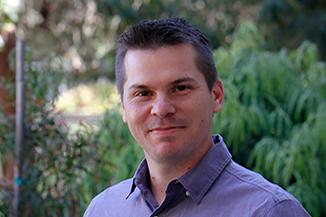
Associate Professor and Clark Faculty Fellow Alban Sauret has received a National Science Foundation (NSF) award that will support a significant new endeavor aimed at understanding the behavior of submerged cohesive granular materials, such as river and seabed sediments, and how they can combine in ways that create larger impacts.
His research is being conducted in collaboration with Eckart Meiburg, Distinguished Professor at the University of California, Santa Barbara (UCSB), where Sauret previously held a faculty appointment before joining the University of Maryland’s (UMD) Department of Mechanical Engineering earlier this year. The NSF has earmarked $660,000 over three years for the project.
Sauret will conduct controlled laboratory experiments to better understand the processes that cause tiny grains of sand, silt, clay, or other substances to cohere and form clusters, as well as how this cohesion can break down and impact large-scale environmental processes. Meiburg, meanwhile, will develop numerical simulations that can demonstrate the links between particle-level behavior and events that occur at bulk scale.
“Grains are small, but the consequences of cohesion are not,” Sauret said. “Cohesive sediments are everywhere: estuaries, reservoirs, the seafloor. Knowing when they clump or break helps us forecast erosion, landslides, and the spread of contaminants.”
More specifically, the researchers are looking at strands of liquid, known as capillary bridges, that form between grains when they become wet. Sandcastles, which can only be built with moist sand, are a familiar example of the phenomenon. The team will recreate that effect underwater by introducing a second liquid, allowing capillary bridges to link the particles, and a simple way to mimic the stickiness of real seabed and riverbed sediments.
“We want to measure and model how grains stick together under water, from the tiny capillary bridge between two particles to the strength of a whole sediment bed,” Sauret said. “By pairing controlled experiments with physics‑based simulations, we will develop physical laws that connect the micro bonds to macroscopic flow. This matters because cohesion determines when sediments start to move or how far undersea sediment slides travel.”
“Grains are small, but the consequences of cohesion are not. Cohesive sediments are everywhere: estuaries, reservoirs, the seafloor. Knowing when they clump or break helps us forecast erosion, landslides, and the spread of contaminants.”
Alban Sauret, associate professor and Clark Faculty Fellow, University of Maryland
Findings from the combined experiments and simulations could help improve predictions of how wind, flowing water, or other fluids cause silt and particulates to move from one location to another—a process known as “sediment transport.” Such movement plays an important part in reshaping landscapes and can contribute to coastal erosion.
The research could also help predict the behavior of industrial slurries, used in construction and mining to transport solids efficiently.
Besides the research itself, the NSF grant will support education and outreach, including programs developed for high school and college-level students.
Sauret is an NSF CAREER Award recipient and has earned numerous other accolades and distinctions, including an American Physical Society Reviewer Excellence Award in 2024. He joined UMD in January after having previously served on the UCSB faculty as an associate professor.
A native of France, he completed his undergraduate and graduate studies there before beginning a postdoctoral research position at Princeton. He then held a research position at the Centre National de Recherche Scientifique, followed by his faculty appointment at UCSB.
“In ways that make his research both fascinating and impactful, Alban’s work blends a classical tradition of fundamental theoretical modeling—grounded in carefully designed physical and computational experiments—with the complexities and challenges of designing and controlling the behavior of soft materials as they flow, aggregate, disperse, spray, or deposit,” said Harry Dankowicz, chair of the UMD Department of Mechanical Engineering.
“This innovative work has implications both for industry and environmental conservation and promises to deliver insights into questions that until now have stymied researchers,” Dankowicz said.

